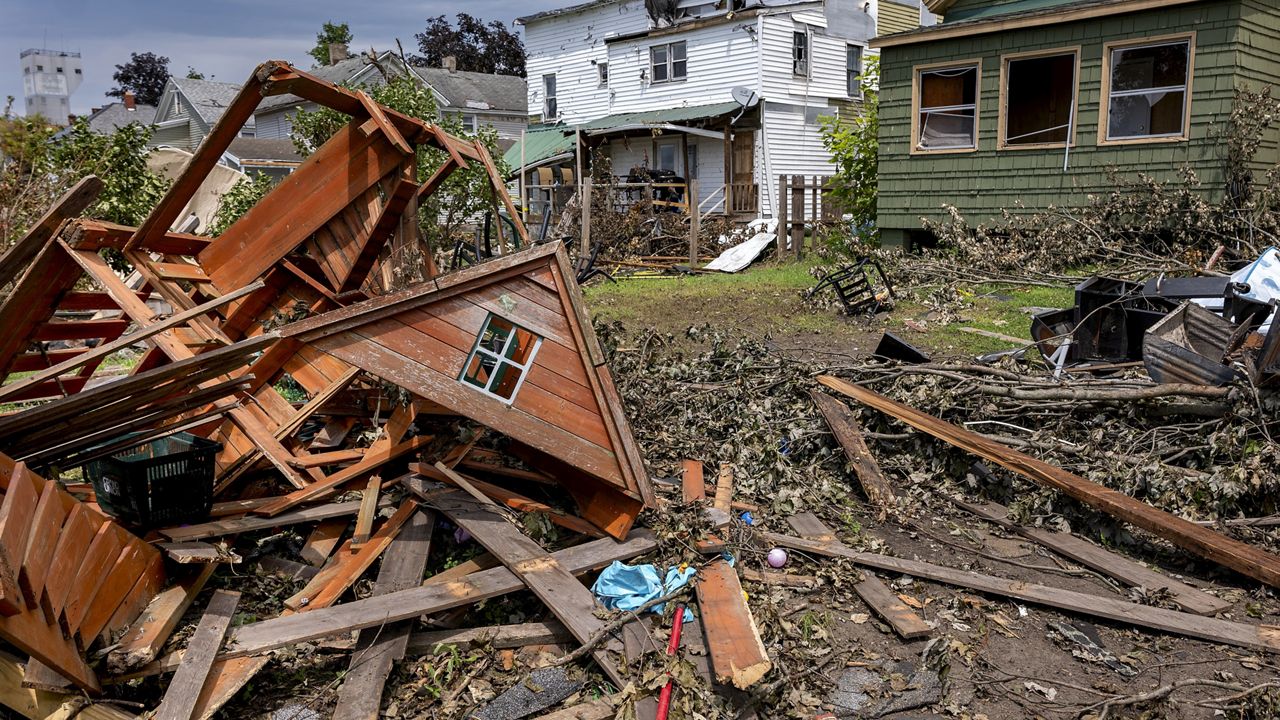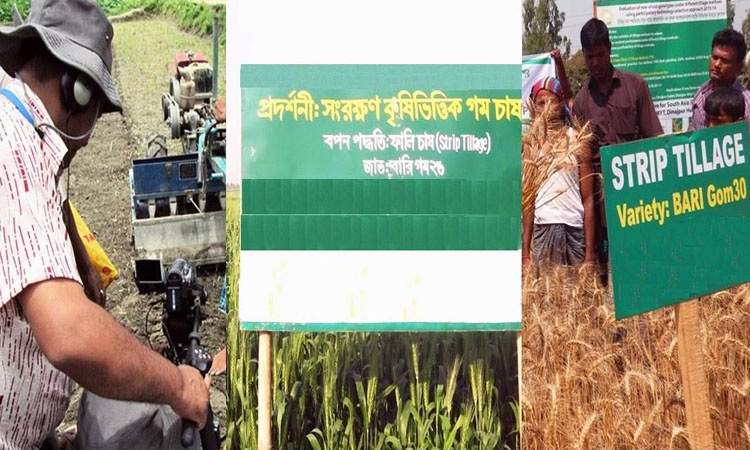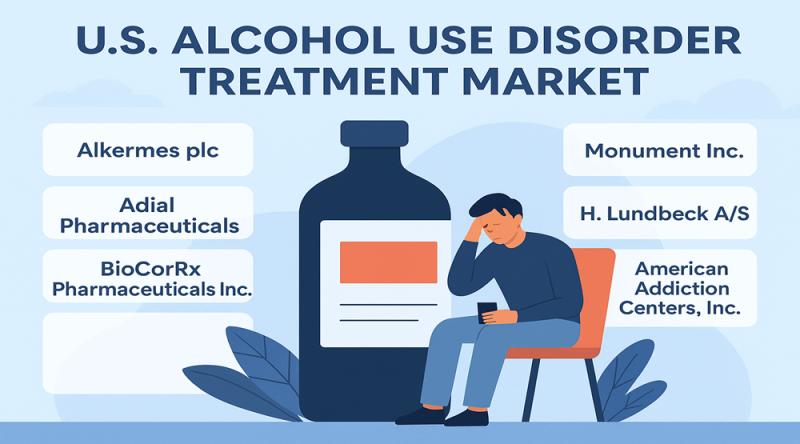DEP Declares Code Orange Air Quality Action Day for Wildfire Smoke for Tuesday August 5, 2025, for Eastern and Central Pennsylvania – Commonwealth of Pennsylvania (.gov)

Air Quality Action Day Report: Impacts on Sustainable Development Goals in Pennsylvania
1.0 Executive Summary
The Pennsylvania Department of Environmental Protection (DEP) has issued a Code Orange Air Quality Action Day for Tuesday, August 5, 2025. This advisory is in response to elevated levels of fine particulate matter (PM2.5) resulting from wildfire smoke originating in Canada. The event directly impacts several of the United Nations Sustainable Development Goals (SDGs), particularly those concerning public health, sustainable communities, and climate action.
2.0 Affected Regions
The advisory encompasses a broad area of central and eastern Pennsylvania, including the following counties:
- Adams
- Berks
- Bradford
- Bucks
- Carbon
- Centre
- Chester
- Clinton
- Columbia
- Cumberland
- Dauphin
- Delaware
- Franklin
- Huntingdon
- Juniata
- Lackawanna
- Lancaster
- Lebanon
- Lehigh
- Luzerne
- Lycoming
- Mifflin
- Monroe
- Montgomery
- Montour
- Northampton
- Northumberland
- Perry
- Philadelphia
- Pike
- Potter
- Schuylkill
- Snyder
- Sullivan
- Susquehanna
- Tioga
- Union
- Wayne
- Wyoming
- York
3.0 Alignment with Sustainable Development Goals (SDGs)
3.1 SDG 3: Good Health and Well-being
The primary concern of the Air Quality Action Day is the direct threat to public health. The elevated PM2.5 levels pose a significant risk, undermining efforts to achieve SDG 3, specifically Target 3.9, which aims to reduce illnesses from air pollution.
- Vulnerable Populations: The advisory highlights that children, older adults, and individuals with pre-existing respiratory conditions such as asthma, emphysema, and bronchitis are especially vulnerable.
- Health Recommendations: To safeguard public health, these sensitive groups are strongly advised to limit strenuous outdoor activities.
3.2 SDG 11: Sustainable Cities and Communities
This air quality event challenges the objectives of SDG 11, which seeks to create safe, resilient, and sustainable human settlements. Target 11.6, focusing on reducing the adverse environmental impact of cities by improving air quality, is directly relevant.
The Code Orange declaration signifies a temporary failure to maintain healthy environmental conditions for residents in numerous communities across the state.
3.3 SDG 13: Climate Action & SDG 15: Life on Land
The source of the pollution—wildfires—is intrinsically linked to broader environmental challenges addressed by SDG 13 and SDG 15. Increased frequency and intensity of wildfires are recognized consequences of climate change, highlighting the need for enhanced climate action and resilience. This cross-border pollution event also underscores the interconnectedness of ecosystems and the far-reaching impacts of degradation of terrestrial ecosystems (SDG 15).
4.0 Recommended Mitigation Measures for the Public
In support of collective action to improve local air quality and protect community health, residents and businesses are strongly encouraged to undertake the following voluntary measures:
- Avoid the operation of gas-powered lawn and garden equipment.
- Refrain from the open burning of materials, including leaves and trash.
- Reduce or eliminate the use of fireplaces and wood stoves.
5.0 Monitoring and Public Information
Effective public communication is crucial for mitigating health impacts, aligning with SDG 17 (Partnerships for the Goals) through inter-agency cooperation. The U.S. Environmental Protection Agency’s (EPA) Air Quality Index (AQI) is the standard tool for this purpose.
5.1 Air Quality Index (AQI) Levels
- Green: Good air quality.
- Yellow: Moderate air quality.
- Orange: Unhealthy for sensitive groups.
- Red: Unhealthy for all individuals.
An Air Quality Action Day is declared when the forecast indicates Code Orange levels or higher. The public is advised to monitor real-time conditions through official sources such as www.airnow.gov.
Analysis of SDGs, Targets, and Indicators
1. Which SDGs are addressed or connected to the issues highlighted in the article?
The article primarily addresses issues related to the following Sustainable Development Goals (SDGs):
- SDG 3: Good Health and Well-being: The core message of the article is a public health warning. It focuses on protecting human health from the adverse effects of air pollution, which directly aligns with the goal of ensuring healthy lives and promoting well-being for all at all ages.
- SDG 11: Sustainable Cities and Communities: The article discusses air quality within a large number of specified counties in Pennsylvania. By addressing the environmental quality within these human settlements and the health of their inhabitants, it connects to the goal of making cities and communities safe, resilient, and sustainable.
- SDG 13: Climate Action: The article identifies the source of the air pollution as “smoke from Canadian wildfires.” Wildfires are increasingly recognized as a climate-related natural hazard. The public advisory is a measure to enhance adaptive capacity to such hazards, linking the local issue to the broader goal of climate action.
2. What specific targets under those SDGs can be identified based on the article’s content?
Based on the article’s content, the following specific targets can be identified:
-
Target 3.9: By 2030, substantially reduce the number of deaths and illnesses from hazardous chemicals and air, water and soil pollution and contamination.
- Explanation: The article is a direct response to air pollution. It warns that “young children, the elderly, and those with respiratory problems… are especially vulnerable to the effects of air pollution” and advises them to “limit outdoor activities.” This is a preventative measure aimed at reducing illnesses caused by exposure to polluted air (particulate matter).
-
Target 11.6: By 2030, reduce the adverse per capita environmental impact of cities, including by paying special attention to air quality and municipal and other waste management.
- Explanation: The “Code Orange Air Quality Action Day” is declared for dozens of counties, which represent communities and cities. The entire focus is on managing poor “air quality” caused by “particulate matter.” The advisory encourages residents to help reduce pollution by “Avoiding the use of gas-powered lawn and garden equipment” and “Avoiding the open burning of leaves, trash, and other materials,” which are direct actions to reduce the environmental impact within these communities.
-
Target 13.1: Strengthen resilience and adaptive capacity to climate-related hazards and natural disasters in all countries.
- Explanation: The wildfire smoke is a transboundary, climate-related hazard. The issuance of an “Air Quality Action Day” by the Pennsylvania Department of Environmental Protection (DEP) is an example of a system designed to strengthen resilience. It provides timely information and guidance to the public, helping them adapt to and cope with the immediate health impacts of this natural hazard.
3. Are there any indicators mentioned or implied in the article that can be used to measure progress towards the identified targets?
Yes, the article mentions and implies specific indicators for measuring progress:
-
Indicator for Target 3.9 and 11.6: Annual mean levels of fine particulate matter (e.g., PM2.5).
- Explanation: The article explicitly identifies the pollutant of concern as “particulate matter” and specifies that the smoke will “bring PM2.5 averages to the code ORANGE range.” This directly refers to the measurement of fine particulate matter (PM2.5) concentration in the air, which is the official indicator (11.6.2) for measuring air quality in cities.
-
Indicator for Target 3.9 and 11.6: The Air Quality Index (AQI).
- Explanation: The article details the use of the EPA’s “Air Quality Index (AQI)” and its standardized color codes (“Green,” “Yellow,” “Orange,” “Red”) to report daily air quality. The declaration of a “Code Orange Air Quality Action Day” is a direct application of this index. The AQI serves as a practical, public-facing indicator of air pollution levels relative to health standards.
-
Indicator for Target 13.1: Existence of early warning systems and disaster risk reduction strategies.
- Explanation: While not a numerical value, the article itself is evidence of an early warning system in action. The DEP’s process of forecasting air quality, declaring an “Air Quality Action Day,” and disseminating information through public channels (like the press release and websites like airnow.gov) is a qualitative indicator of the state’s adaptive capacity and disaster risk reduction strategy for this type of hazard.
4. Summary Table of SDGs, Targets, and Indicators
| SDGs | Targets | Indicators Identified in Article |
|---|---|---|
| SDG 3: Good Health and Well-being | 3.9: Substantially reduce illnesses from air pollution. |
|
| SDG 11: Sustainable Cities and Communities | 11.6: Reduce the adverse per capita environmental impact of cities, paying special attention to air quality. |
|
| SDG 13: Climate Action | 13.1: Strengthen resilience and adaptive capacity to climate-related hazards. |
|
Source: pa.gov

What is Your Reaction?
 Like
0
Like
0
 Dislike
0
Dislike
0
 Love
0
Love
0
 Funny
0
Funny
0
 Angry
0
Angry
0
 Sad
0
Sad
0
 Wow
0
Wow
0























































![Significant progress made, but urgent action continues to be needed with 16 million people facing severe levels of acute food insecurity and 1.6 million children acutely malnourished in Bangladesh [EN/BN] – ReliefWeb](https://reliefweb.int/sites/default/files/styles/large/public/previews/31/9e/319ed978-b5f5-4b6d-9b3d-e530da6422ec.png?#)






















